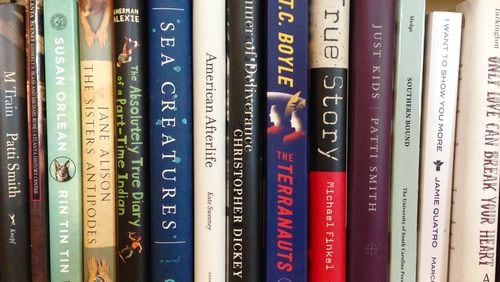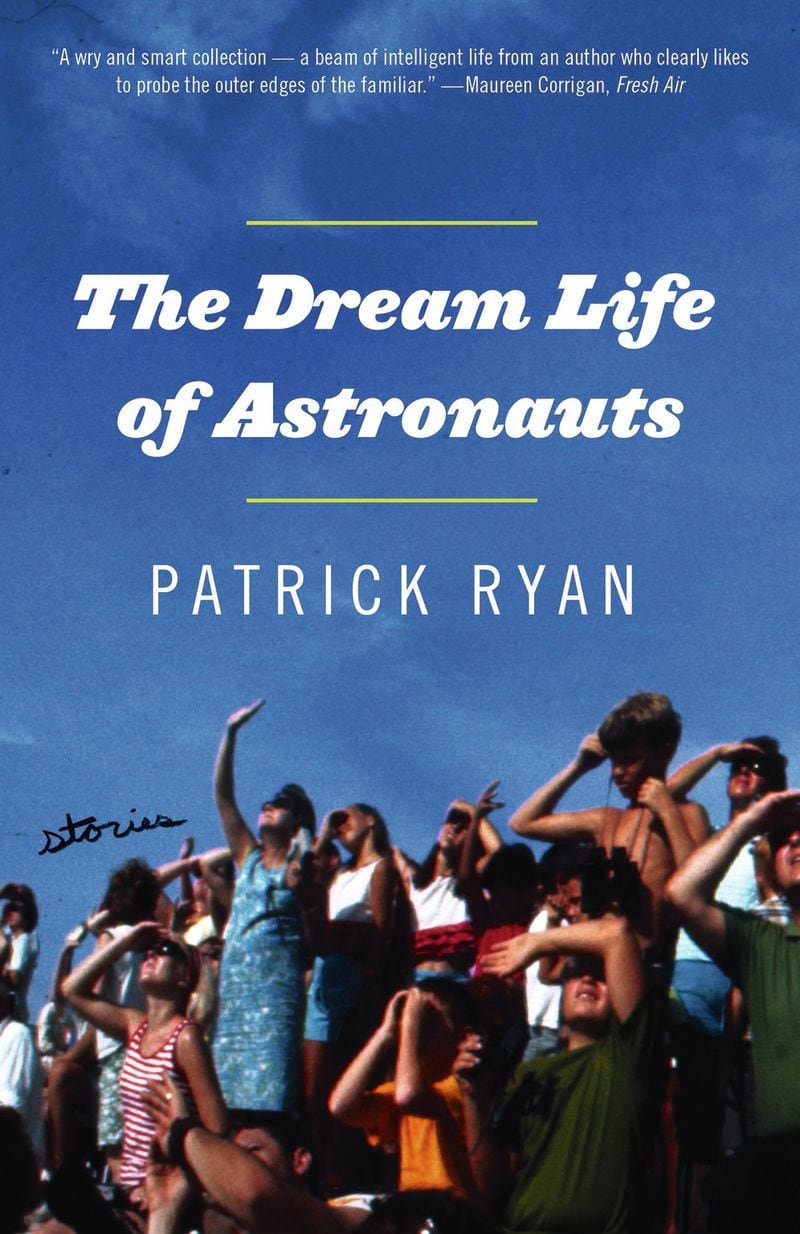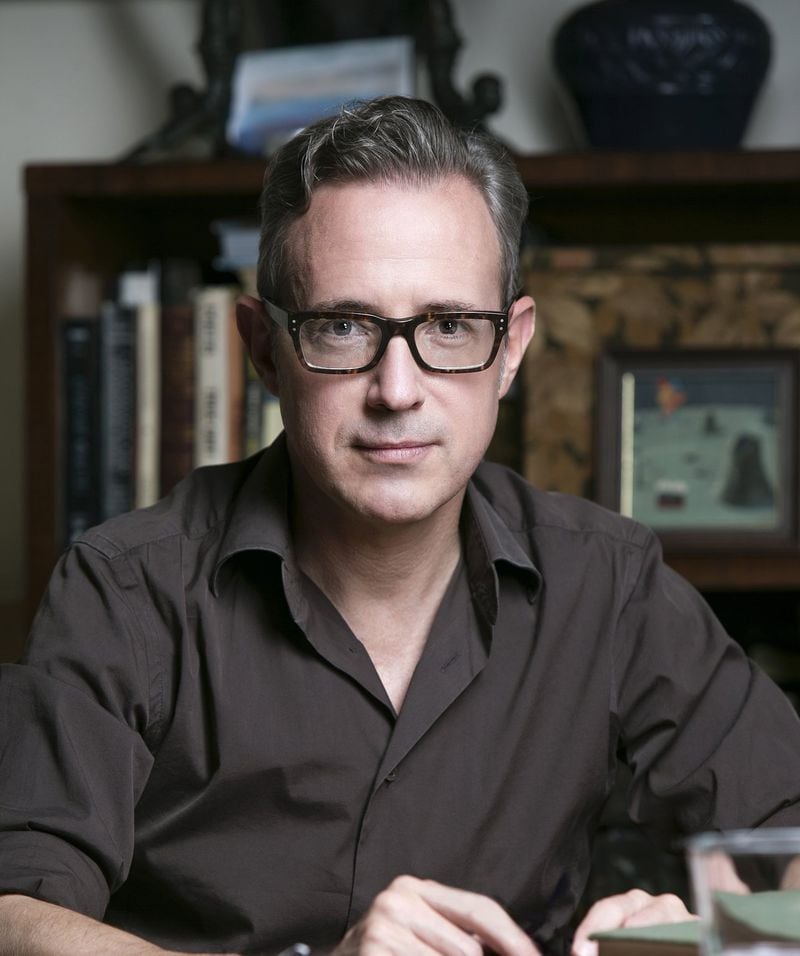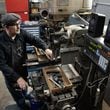NASA's Kennedy Space Center is a formidable presence for the inhabitants of Cape Canaveral and its surrounding towns in the nine exuberant stories that make up Patrick Ryan's "The Dream Life of Astronauts."
One would expect the book to serve as an ode to the space program during its heyday of the ’60s, ’70s and ’80s. But Ryan resists romanticizing America’s most thrilling celestial achievements. Instead, he scrutinizes the ways in which local residents, some barely cognizant of the nearby launching pad, feel trapped and suffocated by a far more mundane existence.
“For the most part it was a stagnant place,” says 17-year-old Hannah with a hint of irony in “Summer of ’69.” “Nothing moved unless it had to.”
Ryan is an adept medium who moves with comfortable ease between characters at different ages and stages of life. In a stark reversal of roles, the children and teens of “Dream Life” are practical, perceptive and eager to learn from their missteps. The adults, on the other hand, are self-centered, short-sighted and seem to float aimlessly, absent of gravity, with nothing to ground them.
In the sublime title story, 16-year-old Frankie develops a crush on the much older Clark Evans, a real estate agent and almost astronaut for NASA passed over for three missions due to “politics and whatnot.” Frankie hopes their shared interest in space exploration and UFOs will lead to his first romantic relationship, but he soon grows disillusioned. “Frankie decided he was still attracted to Clark, but no longer liked him. There was something mean about him.”
Sam, a 9-year-old Hardy Boys fan, witnesses the dissolution of his parents’ marriage during the summer of Watergate in “The Way She Handles.” Here, Ryan paints an endearing portrait of a child too young to fully understand the fallacies of adults, but old enough to keep track of his father’s liquor consumption and understand the dual meanings found in grown-up conversations. “I could spot a clue for what it was, follow the evidence … Where there was smoke, there was fire … You didn’t have to be Columbo to figure that much out.”
In the irreverent “Miss America,” Dani, a high school student with a photographic memory, feigns interest in a talent scout while keeping her mother, still devastated by her husband’s recent desertion, at a distance. A personal crisis affords Dani sophisticated insight into her mother’s continued emotional struggle. “And I know what’s coming because she thought her life couldn’t stink any more than it already did and because why should she have expected it to be any different? Why did she ever get married, have a kid, think there would be anything out there waiting for her other than one mess after another?”
The tragedies of the past, and how they haunt and shape the present, embody another central theme in the collection, one that Ryan parses patiently and imaginatively. The possibilities inherent in space exploration are irrelevant to adults who can’t stop obsessing about where they’ve gone wrong in their lives. In the end, reminders about the infinitude of the universe function as a barrier rather than a portal to more opportunities for these Floridians.
Consider “poor Martin” in “You Need Not Be Present to Win,” who visits his bitter 99-year-old mother in her retirement home to confess a secret that shakes her to the core. While he’s at it, he unearths the grudges he’s held onto quietly through decades of their tumultuous relationship. “Oh, how he’d longed to throw this back in her face for so many years, and how he’d sworn to himself that he never would because the past belonged in the past. Well, the ugly truth was that there was no real divide between the past and the present. The present couldn’t be ignored, and the past never went away. They were like twins joined at hip.”
NASA employees are seized with regret after the Challenger explosion in “Go Fever.” “Understand, we were all feeling a little rattled … You didn’t have to be the man who’d given the OK to launch on that cold Tuesday morning to feel responsible,” says Kevin. To cope with his guilt from the disaster and his insecurity in his marriage, he decides to engage in an extra-marital affair with his supervisor’s wife. “I thought about … how my life had had a shape once, and then a different shape after that, and how now it had no discernible shape at all.”
Only sweet-talking retiree Eugene Delacorte, aka Nick Parascos, in “Fountain of Youth,” has the self-awareness to acknowledge his own nonsense and take responsibility for his checkered past. “The problem with becoming someone else is that you’re still stuck with you. You can change your name, buy all new clothes, pretend you’re from Nebraska when you’re really from Illinois, pretend you used to work in drywall when, really, you were a bookkeeper for an extortion racket, pretend you’re a happy-go-lucky retiree, no secrets, no regrets — and still, when you look in the mirror, you’re going to see the guy you first saw, way back when.”
Perhaps this is Ryan’s point. Real people who face everyday problems are complex and contradictory and can’t expend too much time and energy being enamored of giant leaps for mankind. Which is just as well. For in “The Dream Life of Astronauts,” splendor and glory can be found just as easily on earth.
MORE BOOK REVIEWS
FICTION
‘The Dream Life of Astronauts’
Patrick Ryan
Penguin Random House
272 pages, $16
About the Author








